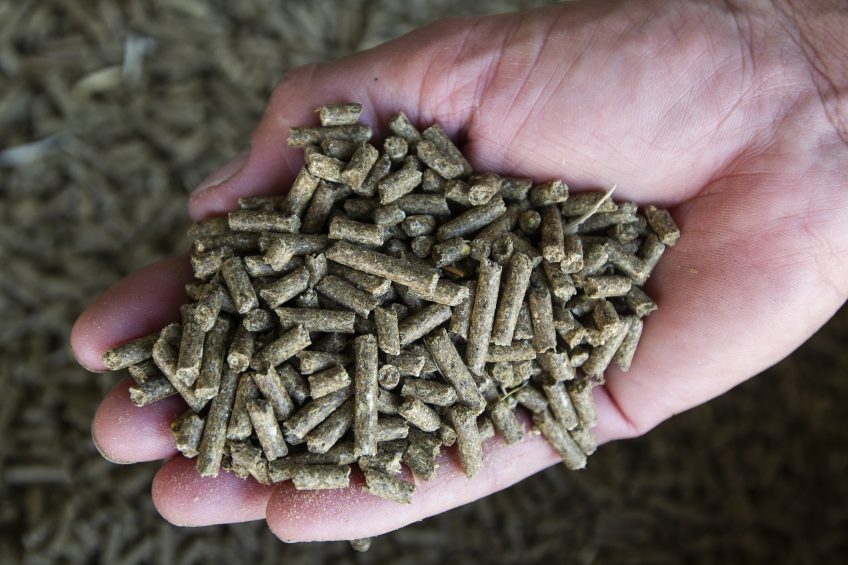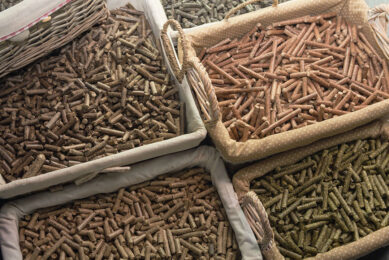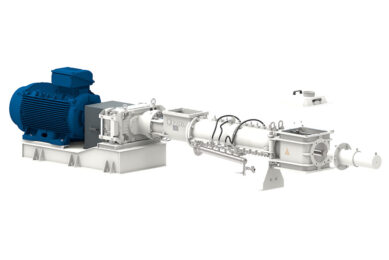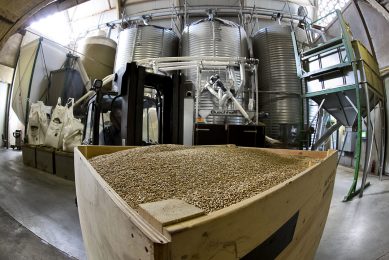EU and UK 2020 compound feed production remains stable

With an increase of 0.1% compared to 2019, the EU+UK compound feed production remained fairly stable in 2020, according to data provided by FEFAC members.
According to FEFAC the EU+UK compound feed production in 2020 is estimated at 164.9 Mio t. Only cattle and poultry feed production decreased, other sectors experienced production growth compared to 2019.
FEFAC in a press release: “Despite the Covid-19 pandemic and its heavy impact on several sectors including Catering and Tourism, the European compound feed industry managed to keep its production at a stable pace, contrary to early predictions. ”

Poultry feed production
Poultry feed production decreased 0.8% last year, which is according to FEFAC the result of the effect of the spread of Avian Influenza (HPAI) and Covid-19 lockdown measures. “Covid-19 lockdown measures and overall decrease in tourism had a negative effect especially in Spain where the poultry sector decreased its production substantially by almost 20% compared to 2019.”
Overall, it is expected that market problems for animal products resulting from the combination of Covid-19, AI and ASF impacts will continue and as such impact the industrial compound feed production.
Cattle feed production
Also due the impact of Covid-19 and closure of the Catering Sector, cattle feed production decreased by 0.2%. However, cattle feed production did not fall as expected due to a drier than normal spring and poor grass growth in several countries.
Pig feed production
Pig feed production increased by 1.3% in 2020, despite of the spread of African Swine Fever. FEFAC declares that this was mainly due to the fact that several countries increased their exports to China, benefiting from Germany’s export ban. In addition FEFAC states: “Due to the Covid-19 problems with slaughterhouses capacity, many farm animals stayed on the farms longer than necessary, which led to higher feed consumption. Compared to young animals, finishing animals have a higher feed conversion ratio.”
Looking forward
FEFAC expects a low profitability for the pig and poultry sector for the 2021 market. This is mainly due to higher feed prices resulting from the global grain market rally starting in Q4 of 2020. Also the spread of Covid-19, AI and ASF will continue to impact the market: “Overall, it is expected that market problems for animal products resulting from the combination of Covid-19, AI and ASF impacts will continue and as such impact the industrial compound feed production.” And lastly, FEFAC expects additional pressure on the EU livestock and feed sector because of the impact of the EU Green Deal policy agenda and national authorities initiatives to tackle the environmental emissions.
 Beheer
Beheer









 WP Admin
WP Admin  Bewerk bericht
Bewerk bericht